Eglfing-Haar
In Eglfing-Haar, in the eastern outskirts of Munich, there is a psychiatric clinic where doctors from 1940 to 1945 in the service of Nazism murdered both children and adults who carried hereditary and genetic mental diseases. The head of the clinic was Dr. Hermann Pfannmüller who was an ardent advocate, of not only sterilizing people with mental defects, but also advocating that they should be killed for merciful reasons. A life in which an individual could not support himself was not a dignified life and, moreover, a burden to the state which had to provide for these helpless individuals. They were also considered to be detrimental to the racial survival of the state if they were allowed to reproduce freely.
Between 1940 and 1945, 329 children were killed by doctors and nurses who gave them an overdose of sleeping pills. Between 1943 and 1945, 429 adults were also murdered by deliberately feeding them foods with insufficient amounts of fat and protein that eventually starved them to death. This killing method was closely monitored and documented by the clinic, and Pfannmüller himself interestingly followed up on the results.
The clinic itself consisted of several buildings that were spread over a larger area. Two children’s wards (kinderfachabteilung) were established where the children to be killed were brought. Two starvation departments (hungerhaus) were also established, one for men and one for women. In parallel with the killing, ordinary psychiatric care was carried out to those who were not considered to be in need of euthanasia. They could perform simplier jobs for their own livelihood when they were discharged from the clinic. There was also a pathology in which those killed were autopsied. This was an important part of being able to study how the organs were affected by the treatment.
Between mid-1940 and mid-1941, some 1900 patients were transported by train to Schloss Hartheim outside Linz, where they were murdered in a special gas chamber. However, the first transport took place by bus in January 1940 when about 100 patients were sent to Schloss Grafeneck in Baden-Würtenberg where they were murdered in a similar gas chamber. The relatives were notified by letter containing a false cause of death and that the clinic regrets the death of the relative.
This form of euthanasia (murder) ran parallel to the official euthanasia called T4. The difference was that when the official merciful killing ceased in August 1941, it continued unofficial until the end of the war. The main method was that patients were given lethal injections, deficient food, gassed or shot. The latter was more common outside the borders of the German empire, such as Poland and the Soviet Union.
Current status: Preserved with monument (2022).
Address: Vockestrasse 72, 85540 Haar.
Get there: Commuter train to Haar Station then bus to the Clinic.
Follow up in books: Evans, Suzanne E: Hitler’s forgotten victims – The Holocaust and the disabled (2007).



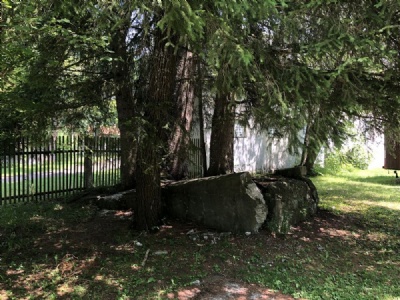
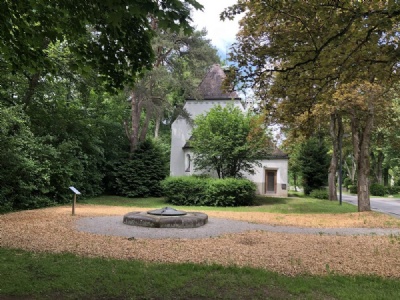
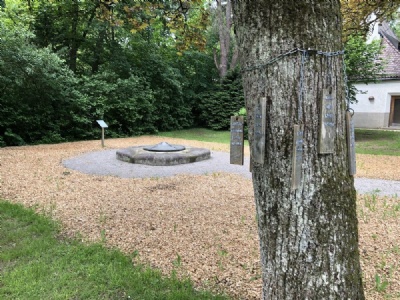
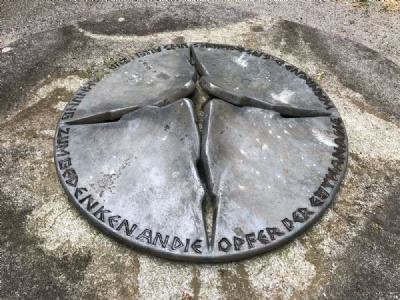
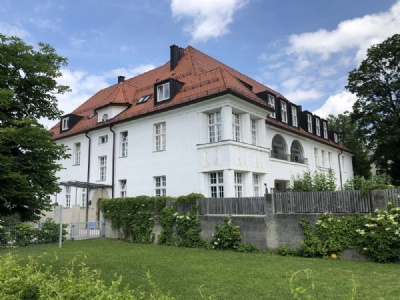
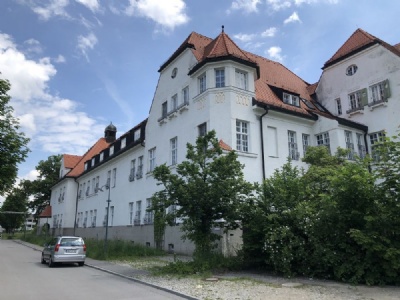

The clinic still exists but is no longer covered by as many buildings as during the war. There are two monuments, one in the area of the current clinic and one in the vicinity of the two children’s ward no longer part of the clinic. Outside the clinic’s administration, there is a simple but informative orientation board with the historic buildings marked out.